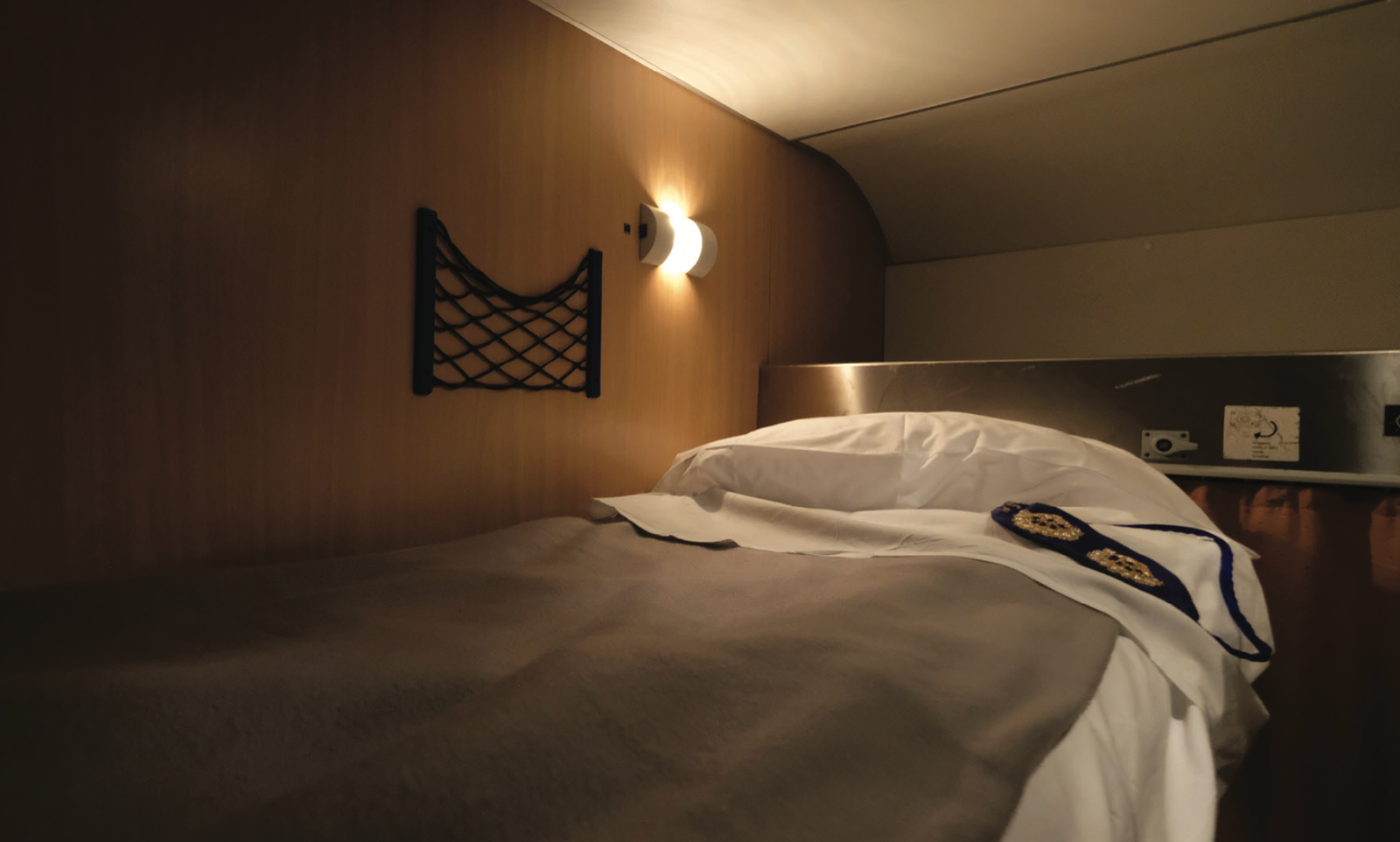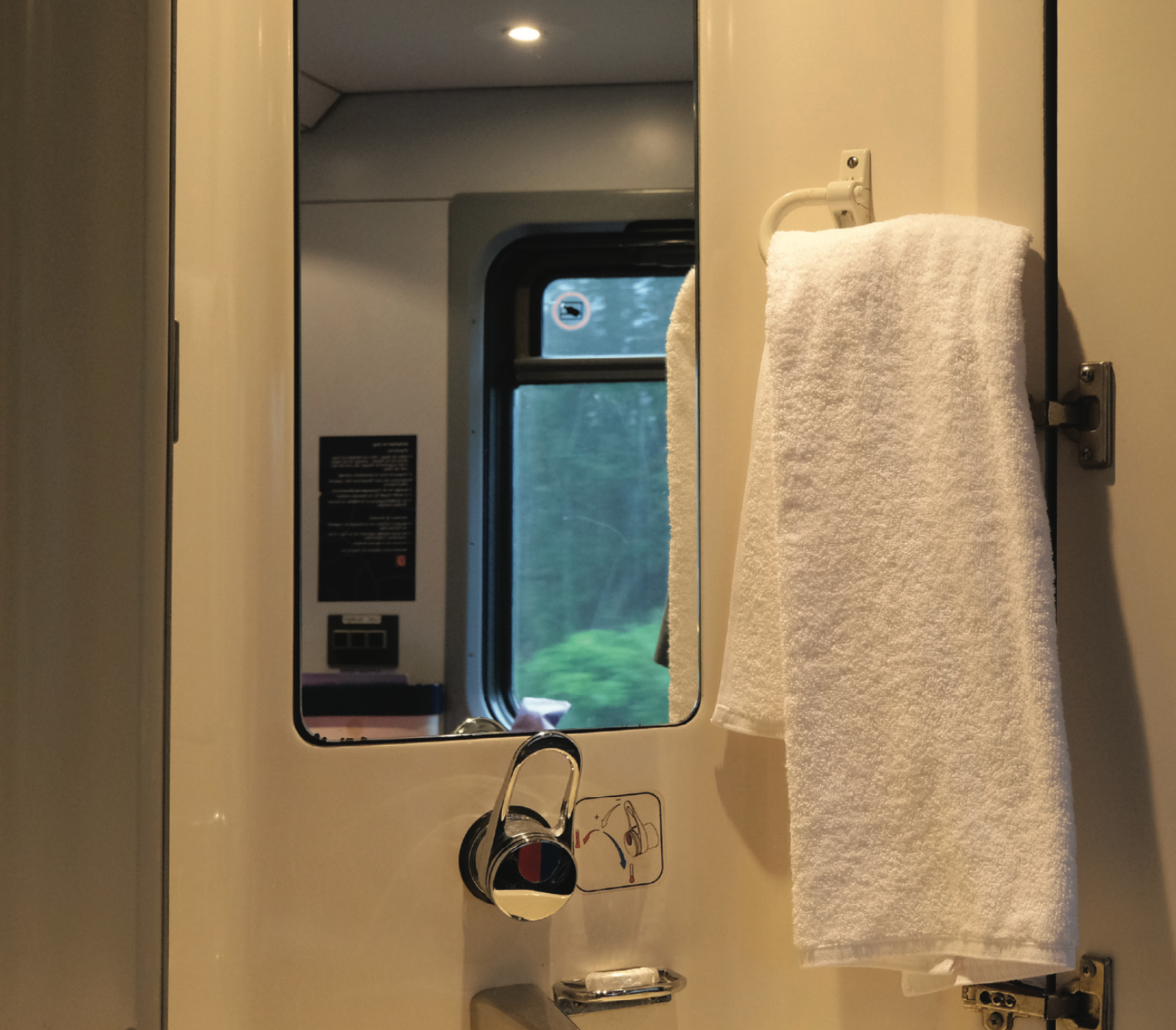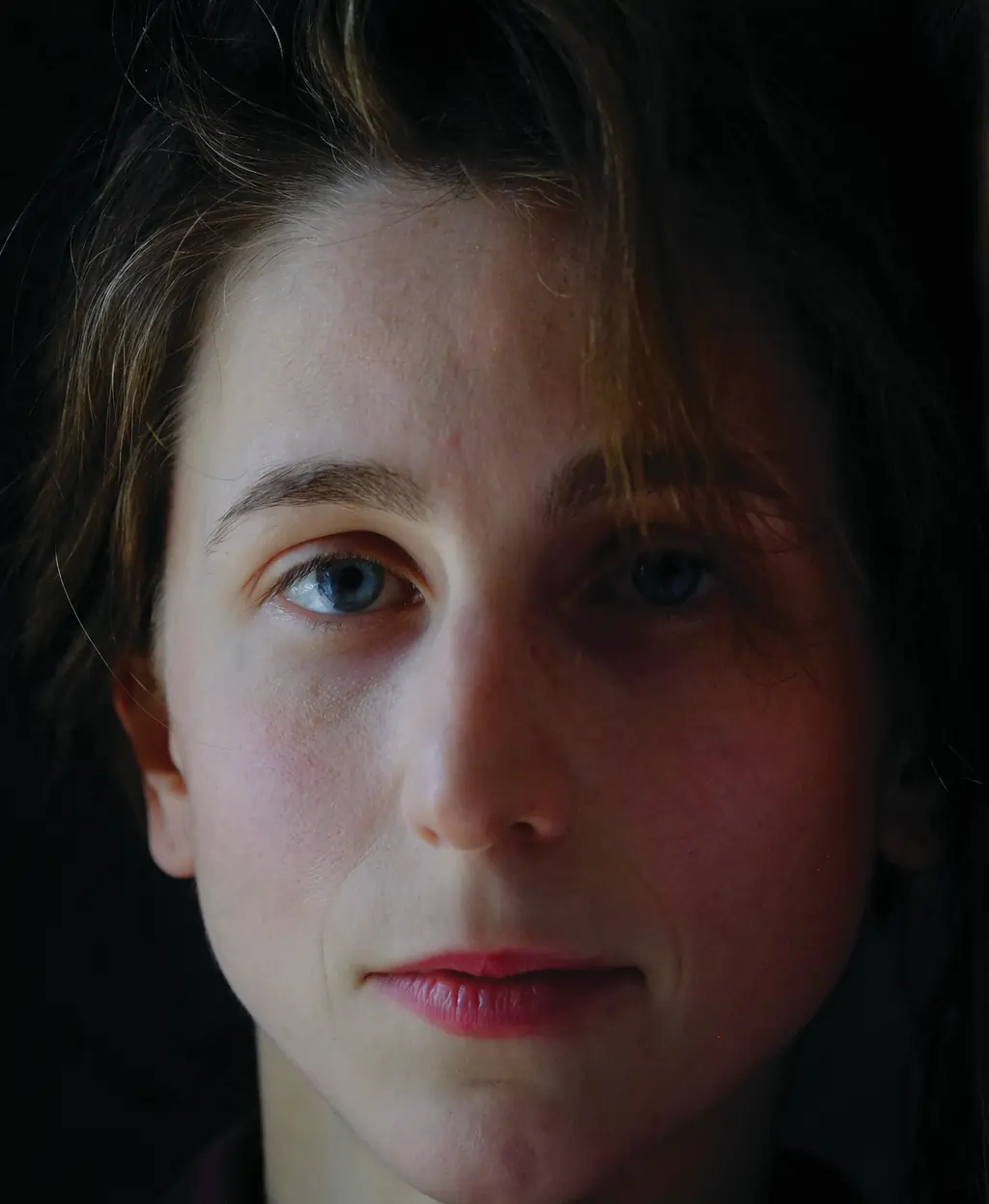
Frequent Rollers
Frequent Rollers
Can a night train offer a magical experience to tempt travellers out of the skies? London to Berlin on The Good Night Train

In December 2022, the cold, hard truth, of aircraft fuel usage hit me, when I flew from London for the first time in several years. I was going to Malaga for a climbing trip.
Towards the end of the flight, the crew told us that we were going to land early. Turbulence increased ‘excitement’ and earnest glances were shot up and down the aisle. Passengers actually started to read the emergency landing cards.
A few minutes later we were told that thick mist would prevent a safe landing in Malaga, so we were going to make a stop at Granada, the nearest runway. But was it really because of the mist? The pilot told me that the plane had a maximum capacity of around 20 tonnes; that it was usually filled to about 8.5 tonnes for efficiency; but that our fuel level had in fact dropped to 1.2 tonnes.

The minimum fuel level, by the way, at which planes must land and refuel, is 1 tonne. So, we’d landed because of low fuel, not mist. Admittedly the alternative announcement – the truth in fact – would not have gone down well. Exactly how much fuel we’d had on departure I don’t know, but we’d burned through several tonnes. Enough to make me stop, think, and cry.
In August, I travelled from London to Berlin, and back, with Eurostar and a sleeper train, to test out an alternative to frequent flying. The Good Night Train made its debut between Brussels and Berlin on Friday 26th May. Its operator, European Sleeper, was founded by Elmer van Buuren of Train2EU and Chris Engelsman from Noord West Express.
The company’s intention? To generate excitement for sleeper trains, and promote an environmentally friendly way to travel. Mark Smith, mysteriously known as ‘The Man in Seat 61’, whose excellent website is dedicated to international train travel, writes: ‘It has required huge effort, battling railway bureaucracy to get this train up and running…Let’s give them our support!’
After an early start on Eurostar, we’d had the whole day in Brussels before catching the sleeper. It’s less about what you’re going to do in Brussels and more about how you’re going to fit the chocolates into your luggage. I’d packed my harness, too, though, and went for a climb, at Terres Neuves, just five minutes from the station. Opened in 1987 by Isabelle Dorsimond, it’s the world’s oldest climbing gym.

Fast forward – past the wait in the Pullman Hotel’s bar (an excellent place to wait between trains) – to sunset, and I was in full train safari mode: crouched on platform six, binoculars fixed on the end of the platform; waiting for the American styled sleeper car, an AB30 ex-P model with fluted, steel body, to come into view. It’s one of 80 made in Europe between 1954 and 1956.
Once entrained, safely inside the sleeper car compartment, I looked at the lavender carriage scent on the desk in our compartment. ‘That’s funny,’ I thought, ‘the only thing I haven’t packed is carriage scent.’ Try to get over the excitement of having so few luggage restrictions before you travel and travel light. Travel heavy if you either hate yourself or if you need to show off your muscles. Bear in mind though, that in the case of the latter, you should clearly label your cases with their weight, as other people don’t know how heavy your bags are. You could just be carrying large, empty bags.
I was drawn to a mysterious door in our compartment…This was in fact the door to our neighbour’s compartment. Yes, she was just as stunned as us. Quickly back into ours, there was one more door to explore; to the basin, and towels. Let’s cool off.
Jet, our steward, came and offered us a welcome drink, and we moved on, towards our first stop, Antwerp. I was preoccupied with views, taking photos, and eating chocolates and vegetables (it’s important to pack snacks), but what must have been hours later, Jet came around again, this time armed with a square drive tool. That’s right; it was time to transform the carriages into sleeper compartments. Fold-back beds dropped down to reveal freshly made beds. Just need my new sleep mask…

During the night, our speed kept changing, I fell in and out of sleep, and there were times when I woke up to find that we were at a complete standstill, with nothing to see but grasses, trancing under the moon. At about 1 a.m., I woke up to the Bad Bentheim station sign. ‘Bad Bentheim?’ I ask. There’s silence, and then comes the sound of cicadas, hundreds of them, zooming with us through the darkness. Actually, no, not cicadas…but the train’s fairly literal interpretation of heavy metal music: its wheels gathering speed on the tracks.
By the way, a sleep mask does help. It will look like a film prop right up until the time you need it, but at that moment, you’ll understand. Also essential is a portable charger; you cannot yet rely on the sleeper’s power. Fast forward again – past the part where we play volleyball in the rain in Berlin, past the hours I then spend watching the bruises on my forearms develop – and it’s time to come home. This time, not in the sleeper, but in the ‘couchette’ car.
Couchette is French for berth or bunk. See how French transforms a dull British word? We took three ‘couchettes’. The Good Night Train features Slovakian couchette cars (cannot get enough of this word), and each has nine compartments, with six beds in each compartment. You can book the whole compartment, or share.
The train leaves Berlin at 22:56. For safety reasons, it’s best not to wait in the station too long with luggage. Mark Smith recommends the Steinberger Hotel, which in retrospect, I should have chosen. Like the outbound journey, we were greeted by a member of the crew, Juliette. We were also offered a welcome drink (they do non-alcoholic beer), and mineral water, which is included, as is breakfast.
Each ‘couchette’ has a pillow, bedding and a blanket, and you make the bed yourself. There’s also a small wooden-trimmed table, and curtains. Basins and bathrooms are in the corridor, which I preferred, as walking up and down inspires a kind of pre-sleep train workout. ’I want to sit up, but I also want to stay in bed…’ came the words of one of my fellow travellers the following morning. But of course, you get up because you’re flying through grasslands, on your way to Antwerp, searching through early morning mist for Flemish Renaissance architecture. You’re looking for stepped gables and white brickwork of the said architectural period.
After a leisurely breakfast, which, though a little less vegan friendly, includes orange juice, a croissant, jams, crackers, yoghurt and paté, the train reached Brussels at 9 30 a.m., in time for a stroll to the Grand-Place de Bruxelles, before catching the Eurostar home. Time for some reading…
Did you know that carbon emissions for train journeys are typically one-tenth of flying? A single journey between London Luton and Berlin, by plane is approximately 150kg CO2e per passenger, compared with 14.3kg by train. If you are looking to cut down your scope three category six emissions (business travel using third- party services), sleeper trains are worth considering.

Environmentally friendly hospitality is more practical on trains, too. Austria’s Nightjet sleeper train, for example, is planning to reduce disposable cups, use china cups, and offer fresh bread from local bakeries. I wondered whether sleepers, like planes, would start to carry the post, too. In ‘Zero Altitude: How I learned to fly less and travel more’, Helen Coffey admits that travelling in this way makes it about the journey, not the destination, even if a cliché. But why? You go to places you might not otherwise choose en route.
You also take in a lot of knowledge without necessarily meaning to. When else will you learn that the Dutch word for track is ‘spoor’ and that the proper way to pronounce Utrecht, is to be really committed to that first vowel?
From distilling idyllic scenes across France to the eclectic architecture that Belgium and the Netherlands have to offer, including Zaha Hadid’s Port Authority building in Antwerp; it is a genuine feast for the eyes, ears, and all senses. You’ll also feel more connected to Europe. If you don’t believe me? Test yourself. When you’re back, ask a friend to give you a blank map of Europe and a pen, and try to fill in some towns and rivers in Northern France, Belgium, the Netherlands and Germany…Then go and find your friend.
About the author

Heather Sterland reports on luxury products, manufacturing, and the circular economy. She co-founded the textiles company, Shear Rock.
Further information – www.europeansleeper.eu/en
